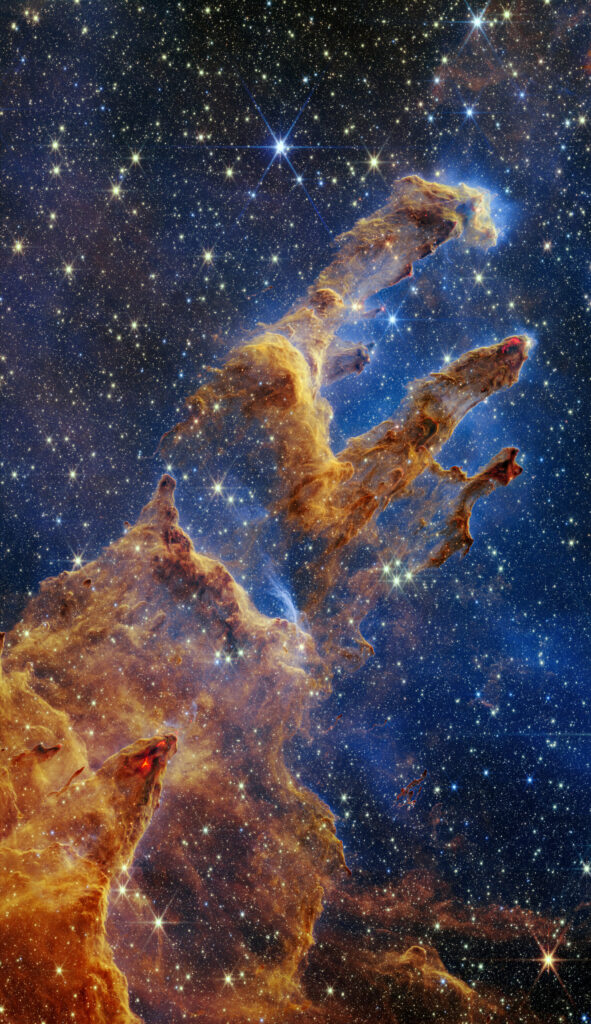Strong Electromagnetic Fields in Plasma Experiments
Recent research led by a physicist from RIKEN, along with colleagues, suggests that upcoming plasma experiments could generate the strongest electromagnetic fields ever observed. This exciting finding offers a new avenue for exploring fundamental physics and understanding the universe’s origins. The study was published in Physical Review, revealing a potential breakthrough in the field of particle physics.

Understanding Plasma and Its Importance
Strong Electromagnetic Fields in Plasma Experiments can be traced back to the complex interactions of subatomic particles. According to the Standard Model of particle physics, when matter is heated to extremely high temperatures and compressed into an ultradense state, it forms plasma, which is made up of quarks and gluons. These particles are fundamental components of matter, and understanding how they behave under extreme conditions is essential for uncovering the mysteries of the universe.
However, researching these extreme forms of matter presents significant challenges. Theoretical uncertainties arise, especially when dealing with ultrahigh densities. This is where new experiments become crucial. They not only provide insights into how matter behaves at these conditions but also open the door to new discoveries.
The Role of Heavy Ion Collisions
In the pursuit of understanding Strong Electromagnetic Fields in Plasma Experiments, scientists use heavy ion collisions. In these experiments, charged atoms are smashed together, producing a hot and dense plasma that researchers can study. This approach has evolved over the years. While earlier experiments focused primarily on achieving high temperatures through high energy, recent global efforts are shifting toward intermediate energies. This shift aims to create high-density plasmas, which are critical for mimicking the conditions of the early universe, neutron stars, and supernovae.
The findings from these experiments hold immense significance. They can provide valuable insights into how matter behaved shortly after the Big Bang and help us understand the fundamental forces that shape our universe.
Discovering New Phenomena
One of the most intriguing aspects of this research is the potential to produce Strong Electromagnetic Fields in Plasma Experiments. Hidetoshi Taya, the physicist behind the study, previously examined the powerful electromagnetic fields generated by intense lasers. His findings suggest that the heavy-ion collision experiments might create even stronger fields than those produced by lasers. This discovery has captured the attention of physicists because ultrastrong fields could lead to new phenomena in physics that have yet to be explored.
Theoretical Analysis of Strong Fields
In their theoretical analysis, Taya and his associates demonstrated that electric fields created in heavy-ion collisions at intermediate energy levels could be strong enough to explore strong-field physics that is otherwise inaccessible. This theoretical groundwork lays the foundation for future experiments and observations.
However, it’s essential to note that, in planned collision tests, scientists will primarily detect and study the particles produced by these collisions rather than measuring the electromagnetic fields directly. This limitation presents a challenge in validating Taya’s theoretical predictions.
The Importance of Understanding Particle Interactions
To truly test these predictions about Strong Electromagnetic Fields in Plasma Experiments, researchers need to grasp how these strong fields affect the observable particles created during collisions. Taya emphasizes, “To really test our prediction, it is crucial to understand how the strong electromagnetic fields affect the observable particles. We are currently working on this.” This understanding is vital for validating the theoretical models and expanding our knowledge of particle physics.
The implications of this research extend beyond the laboratory. By understanding the conditions that led to the formation of our universe, scientists can gain insight into various cosmic phenomena, such as the behavior of neutron stars and the explosive nature of supernovae.
Future Directions in Research
As experiments continue, physicists around the world are eager to see the outcomes. The potential for Strong Electromagnetic Fields in Plasma Experiments to reveal new phenomena in physics is an exciting prospect. The collaboration of researchers and institutions globally emphasizes the significance of this research in advancing our understanding of the universe.
In addition to studying particle interactions and electromagnetic fields, future research will likely delve deeper into the fundamental forces that govern the behavior of matter under extreme conditions. The results from these experiments may lead to new theories and models that could reshape our understanding of particle physics.
Conclusion
The research led by Hidetoshi Taya and his colleagues represents a significant step forward in our exploration of the universe’s fundamental laws. By investigating Strong Electromagnetic Fields in Plasma Experiments, scientists are not only pushing the boundaries of our understanding of matter but also opening doors to new and exciting discoveries in physics.
As experiments unfold, the potential to uncover previously unknown phenomena continues to inspire physicists and researchers alike. The journey of exploration and discovery in the realm of particle physics is far from over, and the implications of these findings will resonate through the scientific community for years to come.
By studying the behavior of matter under extreme conditions, we can uncover the mysteries of the universe, ultimately contributing to our understanding of its origins and fundamental forces. The excitement surrounding these experiments is palpable, as scientists prepare to venture into the unknown, with the hope of shedding light on some of the universe’s most profound questions.
Strong Electromagnetic Fields in Plasma Experiments will undoubtedly continue to be a focal point in particle physics research, and the findings will shape our understanding of the universe for generations to come.
Related:
Voyager 2 Power Shutdown: 3 Devastating Impacts on Space Exploration




